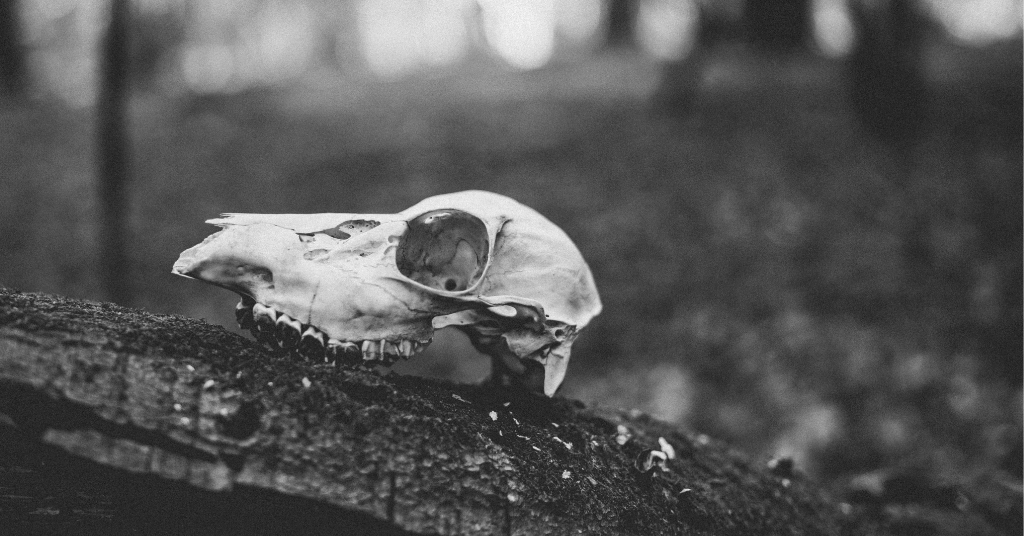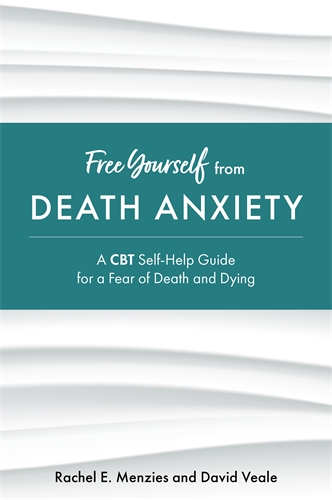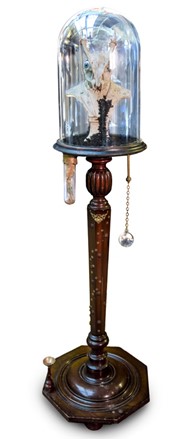
Highgate Cemetery, Skulls, and Puccini: David Veale on How ‘Memento Mori’ Can Help You Live Life to the Fullest

In this blogpost, David Veale, co-author of Free Yourself From Death Anxiety talks us through the phrase ‘memento mori’ and explains why it can be used to help those who are feeling anxious about death feel more confident and relaxed.
As the book describes, exercises such as writing your own eulogy or visiting a cemetery can help cultivate an acceptance of death. Whilst they can be considered unusual, these exercises are designed to help those anxious about death feel empowered and encouraged to take control of their own death.
So, what exactly is ‘memento mori’?
Memento mori is a Latin phrase which literally means ‘remember you must die’. You can search on the internet for art, sculpture or clothing that usually includes a skull or death head. In earlier centuries, they would help remind the living of their mortality and the shortness of their life. In medieval and Victorian era Europe, they were designed to remind people to live a straight and moral life for fear of eternal punishment in hell. During these times, an actual skull would not be out of place on your desk to keep the idea of death always present in your mind.
Visiting a cemetery can be a helpful exercise
Visiting cemeteries is an excellent memento mori. Highgate is my favourite cemetery and nature reserve. Make sure you see Victorian Valhalla and try to spot famous tombstones from Karl Marx, Michael Farady, Henry Moore, Charles Cruft, George Michael and Douglas Adams. It is all part of a beautiful nature reserve with rambling ivy. It’s also the most expensive place in Britain to be buried at nearly £20K!

Highgate Cemetery in North London – the most expensive place in Britain to be buried, at nearly £20K!
Can artwork be considered ‘memento mori’?
Yes! My favourite etching relating to death is Atlas Anatomico by Cristomo Sorli. The poses by the skeletons on the pedestals just makes me chuckle – but in the 16th century they were designed to demonstrate the function of the skeleton (not just the form). I have a copy hanging in my home.
Perhaps the most obvious ‘memento mori’: the humble skull

My favourite skull is called “Puccini”. It has been lent to me by my friend Steve Caplin who has several artworks for sale in his collection of ‘curious furniture’.
I have recently purchased a carboard eco-coffin to use in workshops. Ever practical, my wife asked me where I was going to store it. I am still not sure…
“Puccini” by Steve Caplin
What is the point of collecting ‘memento mori’?
Having an upfront relationship with death can help those who feel anxious about it, see it in a new light: I recently came across a story about students at Radboud University in the Netherlands who can book time in a grave for when they are feeling tense. As such, they were encouraged to think about living live to the full now. You might feel some anxiety when completing these tasks, so do please consider whether you would like to complete them alone, with the support of family or friends, or with a therapist.
Free Yourself From Death Anxiety by Rachel Menzies and David Veale is available to order now.